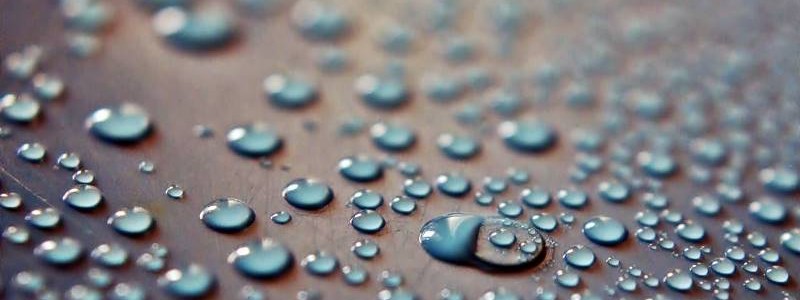When you start planning to get prepared, sometimes it’s simplest to break it down into categories. As far as emergency preparedness goes–and it works well for earthquake preparedness specifically–there are eight categories:
- Water
- Food
- Heat
- Shelter
- Light
- Communication
- First Aid
- Sanitation
Water is at the top of the list for a pretty obvious reason. We can survive an average of a month without food, but only 2-3 days without water. Water MUST be given top priority in your emergency preparedness plans.
Ideally, when you are preparing for an earthquake zone, you’re planning for 2 weeks of self-sustainability. You need to store 4 litres (1 gallon) of water per person, per day. This is enough to cover all drinking, cooking and hygiene needs. And don’t forget, you want your water–especially your drinking water–to be as safe and pure as possible.
Here are a couple safety pointers:
- If you are storing your own untreated water, then it must be changed every 6 months. If you treat your water with stabilizers, such as aerobic oxygen, and are using BPA-free containers to store your water, it will stay potable up to 5 years.
- Plastic bottled water is convenient, but harmful to the environment and also unsafe to drink if it has been left in a hot car for a long period of time. You also need to replace this water every 6-12 months. Instead, consider a product like Blue Can Water. It has a 50 year shelf life and the cans are better suited for recycling.
- Another way to safely store large amounts of water is by using Super Tankers, such as our huge 250 Gallon Super Tanker, which, in combination with a bottle of our 8 ounce Aerobic Oxygen, provides water with a shelf life of 5 years.
- If you find yourself without enough stored water, there are some secondary sources that could provide some clean drinking water. Treat them with a water purifier like Aquatabs, or sip it through a LifeStraw:
- water drained from the water heater faucet, if it’s undamaged
- water gathered from the toilet tank
- melted ice cubes, or other melted ice from the freezer
- the excess liquids from canned fruits and vegetables, etc.
- LifeStraw products are also fantastic at filtering any non-salt-water sources such as ponds, streams, lakes and puddles (side note – they’re also great for backpacking and travelling!)
Here are a couple do NOT’S:
It is highly unsafe to drink water from the following:
- radiators
- water beds
- hot water boilers
- water from swimming pools or spas (although this water is great to use for personal hygiene and cleaning)
When it comes to being prepared for an earthquake, it’s better to have enough clean, pure water stored up in advance, than to have to risk using sources that put your health at risk. Do yourself a favour, and get prepared!
Next week we will look at our second area of preparedness – food!

